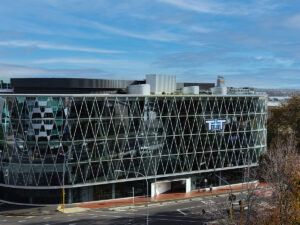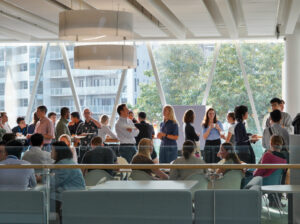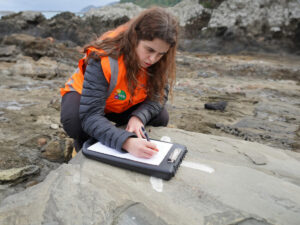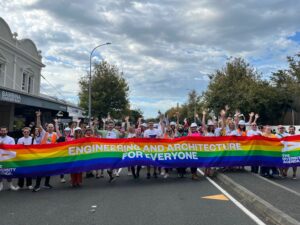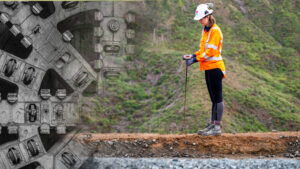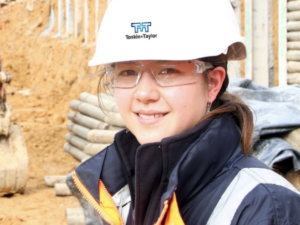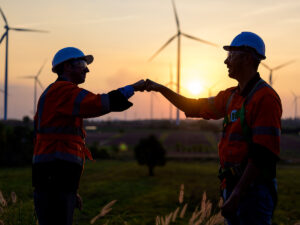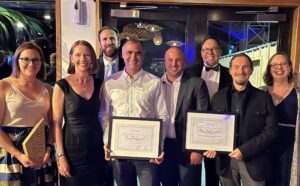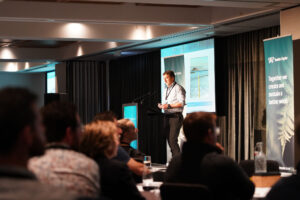Shannon’s role in Stakeholder Engagement is increasingly becoming one of the most important elements in producing great project outcomes.
“I work with our technical people to develop and design communication and engagement strategies, key messages to support engagement, and public-facing communications material,” Shannon says. “I work across all sorts of sectors and industries. Some of the projects I have provided engagement expertise for include NCTIR (the Kaikōura earthquake recovery project), as well as working with our waste team in the Pacific and New Zealand.”
We’ve asked Shannon to share a little more about what she does and the impact her work can have on project outcomes.
Why is stakeholder engagement important when looking at project outcomes?
When we’re engaging, we’re engaging with purpose. There’s a reason we want the public’s involvement in the project – the project’s outcomes may impact or affect them, or the project may be designed for their benefit. So we want them to have their say in what is happening and how things move forward, to ensure the project outcome can best represent the community’s needs.
Why is it important to consider the different variables when approaching communication with different communities – what is the value of this?
Different people have different needs – communities are made up of different demographics. It’s important to remember that one size doesn’t fit all, especially when it comes to different groups within a community. We don’t want one group to dominate or have more of a voice than another group, and we want everyone to have the opportunity to be represented. Hearing everyone’s voices helps us make a decision that is fair and representative of the whole community. In order to hear those voices, we need to communicate effectively with the different community members so that they do come and talk to us. In one engagement, we even ran from a local woolshed at the end of the farming day, so that we could hear from local farmers.
What is the biggest challenge when conducting stakeholder engagement?
Sometimes it can be as simple as getting people in the room, this has been something that has always been an issue. A great way to overcome this is to be versatile and adaptable. Sometimes we need to run the session online, sometimes we might get small groups while others have a big turnout. These factors can greatly influence how we run the session, whether we need to break people into smaller groups or consider how we move them around the room – whether virtually or in person.
Another thing that is critical is getting the comms on the right level and in a format they can appreciate. Not everyone thinks or understands things in the same way. Not everyone has the same level of education, or technical background that we do. Learning different engagement methods for different types of people means I’m always learning how to adapt my methods.
How do you measure good engagement?
Surveys are a great way to measure engagement. When the results come in, we need to analyse our data to ensure we’re getting a fair representation of the local demographics. For example, are we seeing the correct ratio of homeowners compared to renters, or are we getting a mixture of people across different suburbs? If we haven’t received a good spread in the responses, it’s a matter of reviewing the engagement strategy and working out how to get these people involved so we can capture their voices.
What is the most rewarding aspect of your role?
The best part is when I get to go out on the ground and deliver engagement. I spend a lot of time working behind the scenes planning, so when I get to go out and deliver on these plans it’s really rewarding. I love it when people get involved, and really value that they’ll take the time to contribute to the conversation. Engagement is often one-directional, but when you get them invested in the process it is really rewarding.

